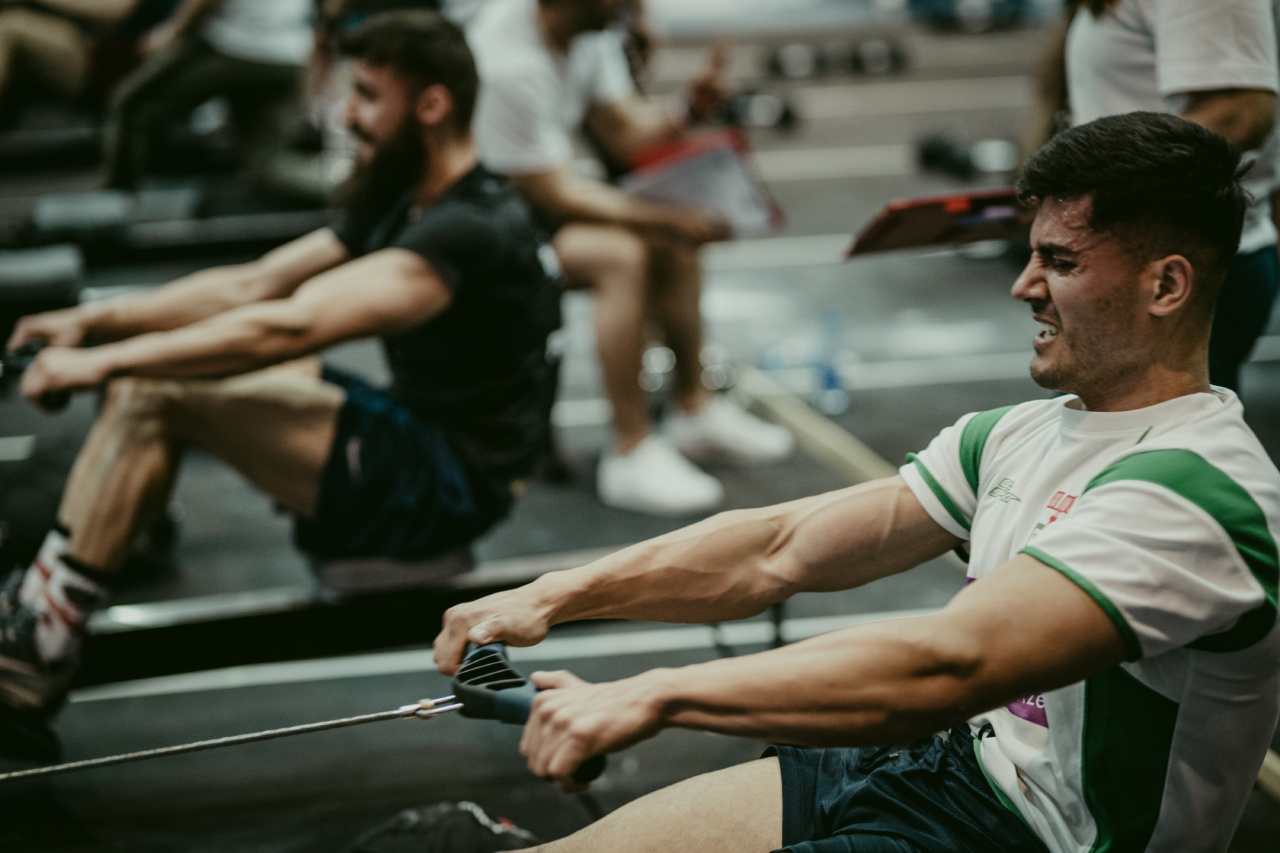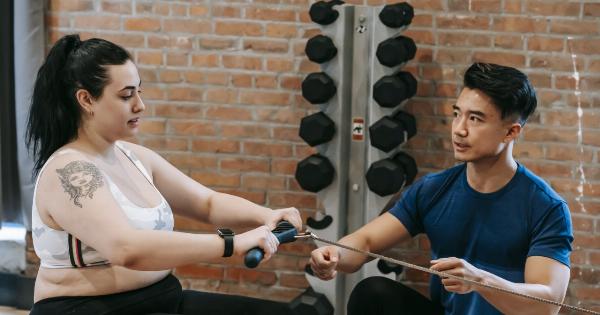Maintaining muscle health and strength becomes increasingly important as we age. The gradual loss of muscle mass, known as sarcopenia, affects many older adults and can lead to a decline in mobility, independence, and overall quality of life.
While strength training and exercise play a crucial role in muscle maintenance, there is an often overlooked key nutrient that can also make a significant impact – protein. In this article, we will explore the importance of protein for muscle health in the over 50s and how to incorporate it into your diet effectively.
Why protein is essential for muscle health
Proteins are the building blocks of our body, including our muscles. They consist of amino acids that are vital for various physiological processes, such as muscle repair, growth, and maintenance.
When we consume protein-rich foods, our body breaks them down into amino acids, which are then used to build and repair muscle tissue.
As we age, our body’s ability to synthesize and utilize protein becomes less efficient. This can result in a negative protein balance, where protein synthesis is lower than protein breakdown.
When this imbalance occurs, muscle fibers become more susceptible to damage and are not adequately repaired, leading to muscle wasting and weakness.
To counteract this, it is crucial to ensure an adequate protein intake to support muscle health and combat muscle loss.
The role of protein in muscle metabolism
Protein plays a significant role in muscle metabolism. Apart from muscle tissue repair and maintenance, protein also affects muscle protein synthesis, a process where new muscle proteins are created.
This synthesis is influenced by various factors, including the type and amount of protein consumed, the availability of essential amino acids, and exercise.
Research suggests that older adults may require a higher protein intake to stimulate muscle protein synthesis effectively.
A study published in the American Journal of Clinical Nutrition found that older adults who consumed 1.5-2.0 grams of protein per kilogram of body weight per day had higher muscle protein synthesis rates compared to those who consumed only the recommended daily allowance (RDA) of 0.8 grams per kilogram of body weight.
Hence, it is crucial for individuals over 50 to focus on consuming enough high-quality protein to meet their specific needs and promote optimal muscle health.
High-quality sources of protein for the over 50s
While protein can be obtained from both animal and plant-based sources, certain proteins are considered high-quality due to their superior amino acid profile and digestibility. Here are some excellent sources of protein for the over 50s:.
1. Lean meats: Turkey, chicken breast, lean cuts of beef, and pork are rich in high-quality protein. Opt for skinless poultry and trim visible fat to keep the calorie content lower.
2. Fish: Fatty fish like salmon, tuna, and trout not only provide protein but also contain omega-3 fatty acids, which offer additional health benefits.
3. Eggs: Eggs are a versatile and economical protein source. Including whole eggs or egg whites in your diet can provide essential amino acids and promote muscle health.
4. Dairy products: Milk, yogurt, and cheese are excellent sources of protein and also provide valuable nutrients like calcium and vitamin D.
5. Legumes: Beans, lentils, chickpeas, and other legumes are plant-based protein sources that are also rich in dietary fiber. They are not only beneficial for muscle health but also contribute to overall heart health.
6. Nuts and seeds: Almonds, walnuts, chia seeds, and hemp seeds are packed with protein, healthy fats, and other essential nutrients that support muscle health.
Incorporating a variety of these protein-rich foods into your diet can provide the necessary amino acids to support muscle repair and prevent muscle loss.
Timing and distribution of protein intake
While meeting daily protein requirements is crucial, the timing and distribution of protein intake throughout the day can also influence muscle protein synthesis.
Research suggests that consuming an adequate amount of protein at each meal promotes muscle health more effectively than unevenly distributing protein intake throughout the day.
Spreading protein intake evenly across breakfast, lunch, and dinner can maximize muscle protein synthesis and help maintain muscle mass. Aim for about 20-30 grams of protein per meal, depending on individual needs.
In addition to distributing protein intake, it is beneficial to consume protein-rich snacks between meals to provide a continuous supply of amino acids for muscle repair and growth.
Considerations for vegetarians and vegans
Vegetarians and vegans can also meet their protein needs through plant-based sources. However, specific attention should be paid to ensure a variety of protein-rich plant foods are consumed to obtain all essential amino acids.
Combining different plant protein sources, such as legumes and grains or nuts and seeds, can create complementary amino acid profiles, providing a complete protein source.
Including plant-based protein alternatives like tofu, tempeh, and seitan in the diet can also be beneficial for meeting protein requirements.
Supplementing with pea protein, soy protein, or rice protein powders can also provide an additional protein boost for those who struggle to meet their protein needs through whole foods alone.
Conclusion
Protein plays a vital role in revitalizing and maintaining muscle health, particularly for individuals over 50. With age, our body’s ability to utilize and synthesize protein decreases, resulting in increased susceptibility to muscle loss.
By ensuring an adequate protein intake through a variety of high-quality sources such as lean meats, fish, eggs, dairy products, legumes, and nuts, individuals can support muscle protein synthesis and prevent muscle wasting.
Additionally, distributing protein intake evenly throughout the day and considering supplementation for vegetarians and vegans can help optimize muscle health.
Remember, healthy muscles promote overall well-being and independence, allowing individuals to enjoy an active and fulfilling life even as they age.





























